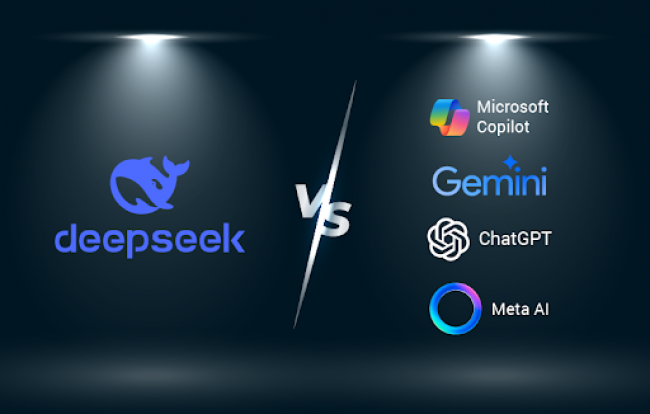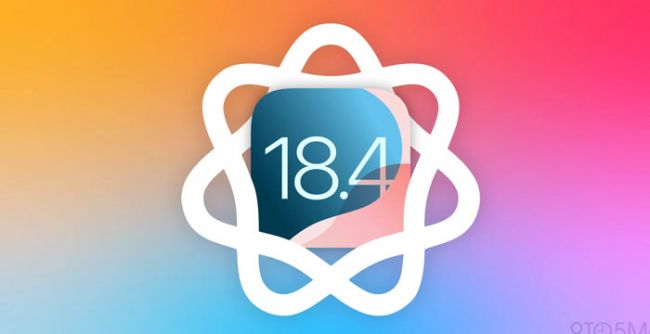Mobile devices are changing the face of business. The Freedom of Working From Anywhere Boosts Productivity and Flexibility. But this shift to mobile creates security concerns that organizations need to deal with. There are two mobile security management strategies, Mobile Device Management or MDM, and Mobile Application Management or MAM, each with its advantage. Businesses should evaluate their particular needs and security requirements to make a decision in favor of either. MDM vs MAM: How mobile device management, and mobile application management differ and why it matters to the enterprise.
Understanding MDM and MAM
Understanding how MDM and MAM function entails choosing the right approach for enterprise mobile management. While both solutions focus on securing mobile devices, they achieve this in entirely different ways.
What is Mobile Device Management (MDM)?
Mobile device management (MDM) provides a holistic way to manage and secure mobile devices. The solution is used in most cases for company-issued devices and allows IT administrators to impose a large range of security policies on all organization devices. MDM solutions offer capabilities such as remote device locking, data encryption, device tracking, and the option to wipe data remotely in the event of loss or theft. With MDM, organizations gain complete control over the entire device, assuring that company-owned devices are compliant with company security standards and are devoid of any unauthorized devices on the devices. On the flip side, MDM can come off as invasive, particularly as employees use their personal devices for work purposes under a Bring Your Own Device (BYOD) policy.
What is Mobile Application Management (MAM)?

MAM is different, in that it protects the mobile applications that employees use, regardless of whether the device is personally owned or provided by the organization. With MAM-enabled apps, businesses can monitor, secure, and manage access to only corporate apps. Such a solution helps organizations apply policies, for example, requiring multi-factor authentication and encrypting app data. Make sure -- MAM is especially crucial within a BYOD environment, offering employees a way to separate personal apps and data from those that are corporate-owned and, therefore, need to be secure. MAM's selective policy doesn't permit employees hiding in the first place while it protects the organization's sensitive information.
MDM vs MAM: Which One Should Your Organization Choose?
Choosing between MDM or MAM depends on many factors, including the organization’s mobile device strategy, security needs, and privacy considerations. While both solutions bring unique features to the table, the difference mainly boils down to control and the security requirements of the organization.
When to Choose MDM
MDM is typically the go-to when a business owns and controls all devices used by employees. This is usually true for companies that provide commercial devices like smartphones or laptops. MDM solutions provide a powerful set of tools for protecting sensitive company data, even if a device is lost or stolen. MDM also provides IT teams with better insights into device usage and allows them to oversee updates, configurations and app installations.
When to Choose MAM
MAM is more appropriate if the organization adopts a BYOD policy that allows employees to use their personal devices or specific applications need securing for access. For companies that have a Bring Your Own Device (BYOD) policy, MAM helps to hold corporate apps and data separate from personal apps and information. A MAM approach is less intrusive and enables employees to manage their own devices while letting businesses continue to secure the apps that are critical to them in their work. If, on the other hand, you simply want to protect corporate data on the device without intruding into personal use of the device, then MAM is a great solution.
Enhancing Mobile Security with Hypori
For organizations that need a solution that blends the advantages of both MDM and MAM, Hypori offers a powerful option. Hypori: A mobile security solution that allows for a virtualized space to secure corporate apps. This approach allows companies to provide secure access to company applications without sacrificing employee privacy. With Hypori, you can virtualize the apps and data, keeping sensitive data safe while giving your employees full access to corporate resources on any device, be it personally-owned or company-owned.
Key Benefits of Hypori
- Virtualized Application Environment – Hypori builds a secure environment for enterprise applications to run with access to sensitive data being allowed only within that environment. This reduced security risks and ensures that company data is always secure.
- Hypori Makes Corporate Apps Work on Any Employee Device Hypori is a unique solution for enterprises who want to let employees access corporate apps on personal computers while keeping personal data and apps private. It provides the BYOD freedom combined with the same security controls you have with MDM.
- Compliance, and Security: Hyporis offers the right tools to help enterprises remain compliant with the industry regulations while securing corporate data from being compromised. From encryption to access controls to remote wipe, Hypori has you covered.
The Frosted Window: The Hybrid Approach to Mobile Security
MDM and MAM each offer their own advantages, yet some organizations may benefit from implementing a combination of the two. It also provides a hybrid strategy, where MDM is used to manage company-owned devices while MAM is used to support employee-owned devices. This solution delivers the best of both worlds by locking down the whole device for corporate devices, while only locking down the apps on BYOD devices. Hypori is an example of such a platform, as it delivers a flexible and secure solution that meets the requirements of both MDM and MAM while helping enterprises mobile their security and security-centric applications.
Conclusion
The choice between MDM and MAM is, therefore, an essential one for enterprises keen on managing their mobile devices and securing their data. MDM works best with company-owned devices, as it gives IT complete control of the entire device. MAM is more suitable for organizations that allow BYOD or simply want to enforce security on only certain applications. Hypori provides a hybrid solution that can be both MDM and MAM, depending on the needs of a business. No matter if an employed individual uses a business-owned smartphone or a personally owned device, Hypori allows companies to keep their mobile environments secure.
By carefully considering your organization’s needs and employing the right mobile security solutions, you can ensure that your mobile workforce is as productive and secure as possible while preserving employees’ privacy.
Post Comment
Be the first to post comment!
Related Articles




